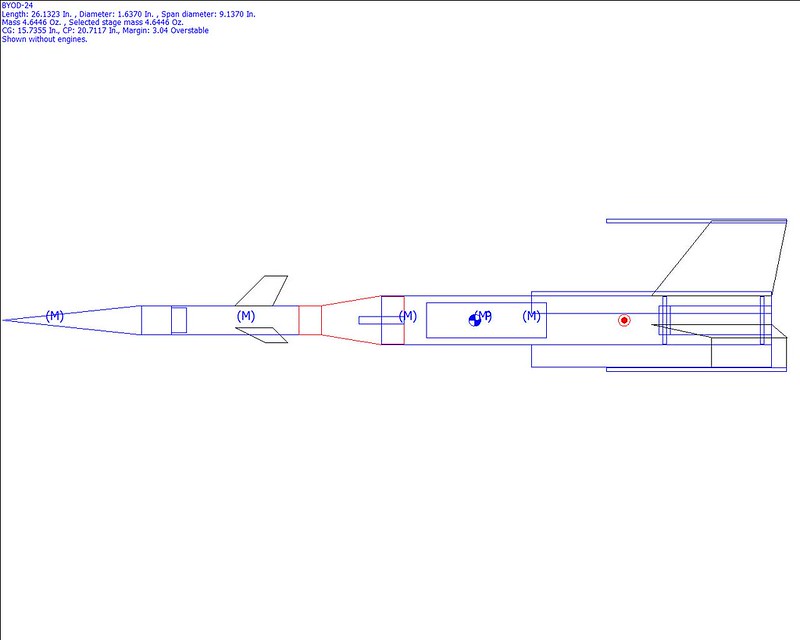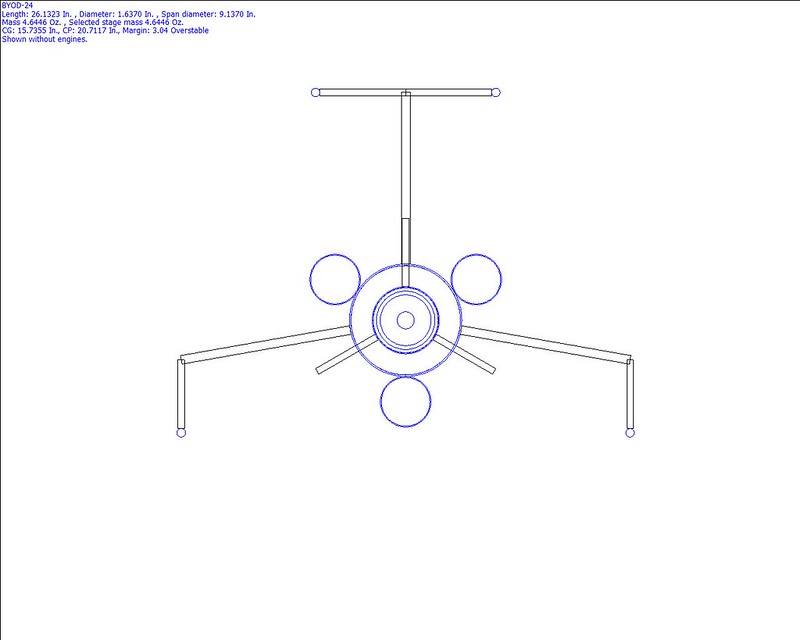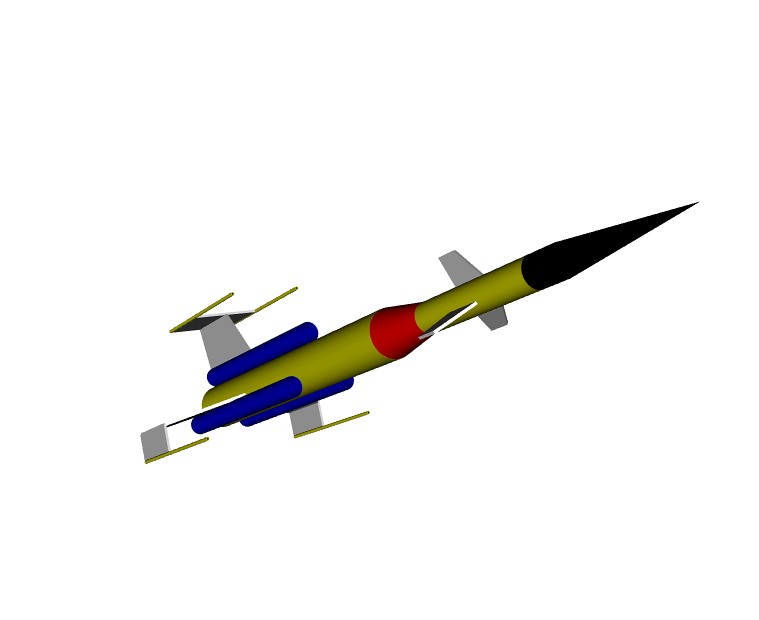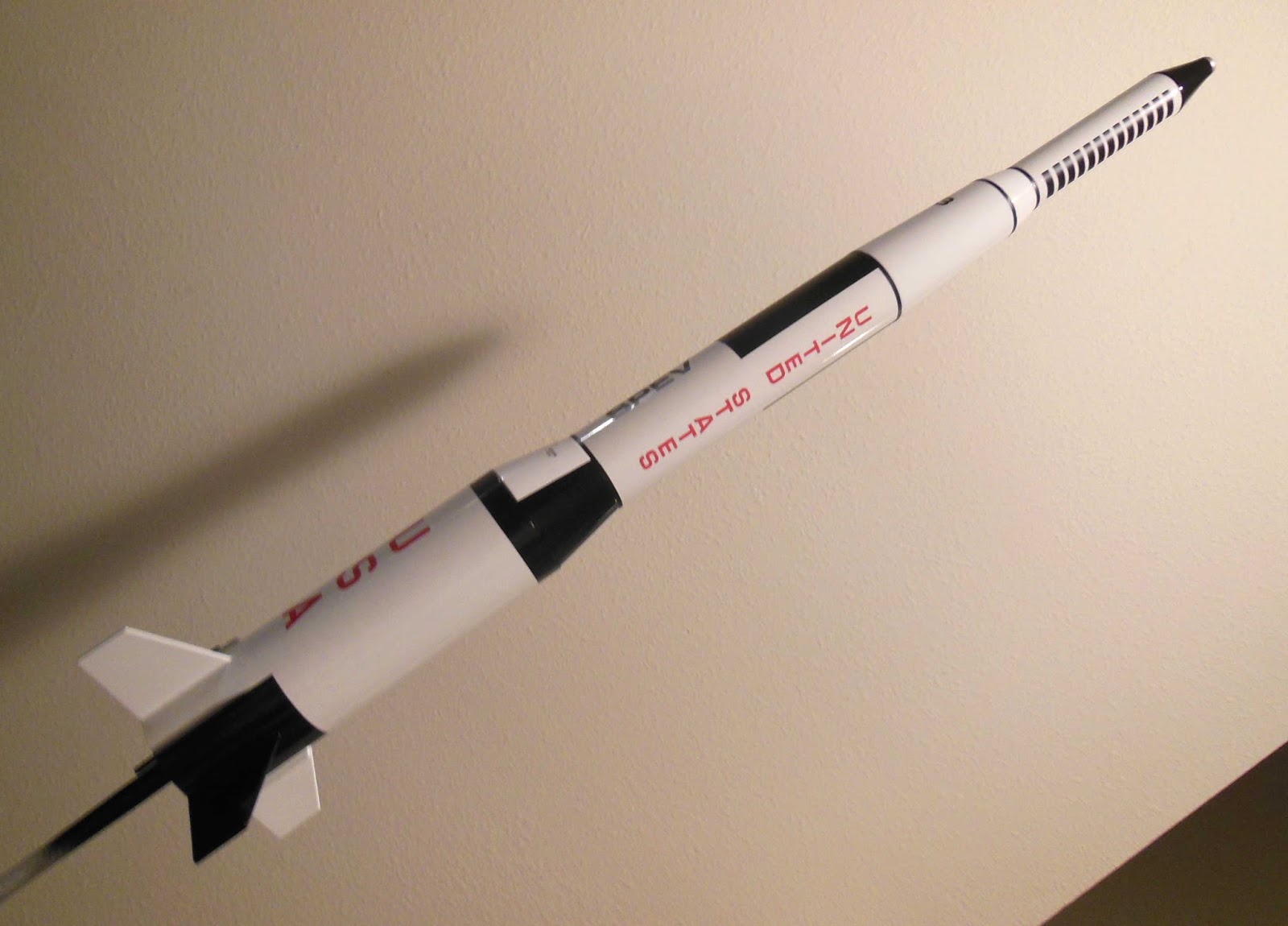Cabernut
Well-Known Member
- Joined
- Oct 15, 2015
- Messages
- 1,384
- Reaction score
- 9
Not sure if this belongs in Scratch Built, Plans, or here but here we go.
You know that rocket shown in the Estes catalogs which is supposed to diagram the different parts of a rocket? Has anyone actually built one?

I think it would be kind of fun to build the rocket nobody notices.
It could work as long as the transition is hollow.
Would it be: BT20/50? BT50/55? BT55/60? 18mm? 24mm? Mini?
Thoughts?
You know that rocket shown in the Estes catalogs which is supposed to diagram the different parts of a rocket? Has anyone actually built one?
I think it would be kind of fun to build the rocket nobody notices.
It could work as long as the transition is hollow.
Would it be: BT20/50? BT50/55? BT55/60? 18mm? 24mm? Mini?
Thoughts?








